Scrolling through the last few blog posts, I realized I’ve been fulfilling the bird watching part of this blog but have been sorely lacking in posts about wine. So, here’s the lowdown on what we know about wine in Panama, so far:
We have not come across any Panamanian wineries. As we move into the agricultural areas of the interior, especially the Azuero Peninsula, which tends to have a drier climate, we’ll see if that changes. For now, know that the grocery store in Panama City (yes, the one that caters to ex-pats and wealthy Panamanians) had an amazing selection of wines from all over the world, including the U.S., France, Italy, Portugal (my personal favorite), and Spain.
The grocery store in El Valle also has an impressive selection, mostly European and South American. In the last week, we’ve been able to buy decent wines from France and Argentina (and an OK one from Chile) for less than $7 per bottle. The selection we’ve been able to find throughout the country, from liquor stores to convenience stores to restaurants, is impressive.
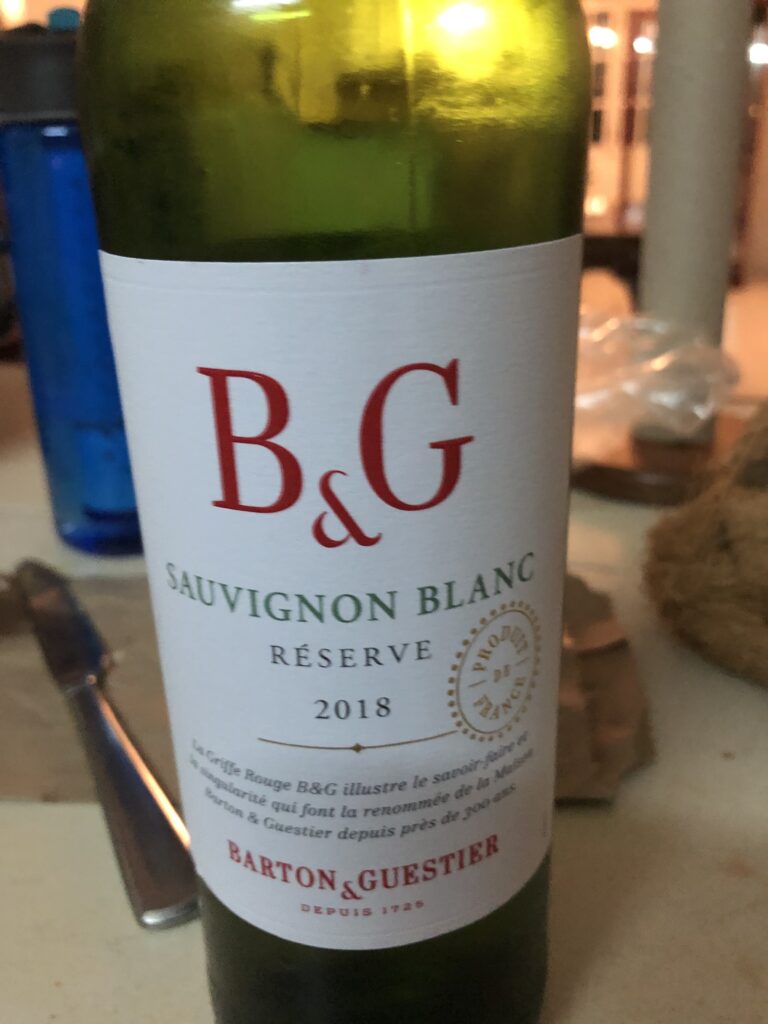
A good French wine for less than $7. 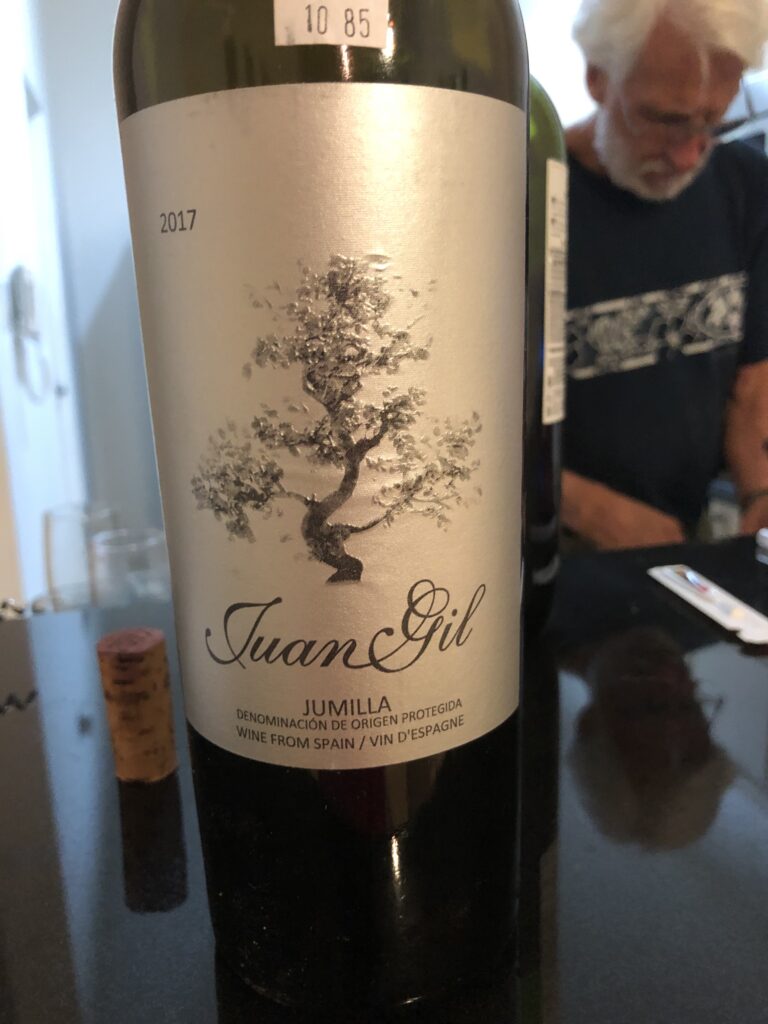
A really good Spanish wine for $10.85
Also impressive is the cost, or really lack thereof. Imported wine in Panama seems to be about half the price of similar wines in the United States. Part of that may have been were we lived. Los Alamos, NM, has a lot–a lot!–of wine drinkers and so demand is high. In addition, alcohol taxes and import taxes in the U.S. are significantly higher than in Panama.
What less expensive (less expensive doesn’t always mean cheap!) allows us to do is experiment with wine more. If we spend $6 or $7 on a bottle of wine from Argentina or Spain and don’t like it, we don’t mind pouring the leftovers down the drain, although I usually try to cook with it before doing that. With just a few exceptions, we’ve found those inexpensive bottles of wine are really good! We’ve tried new grapes and retried some grapes we haven’t been fond of (Chardonnay, for one) as a result.
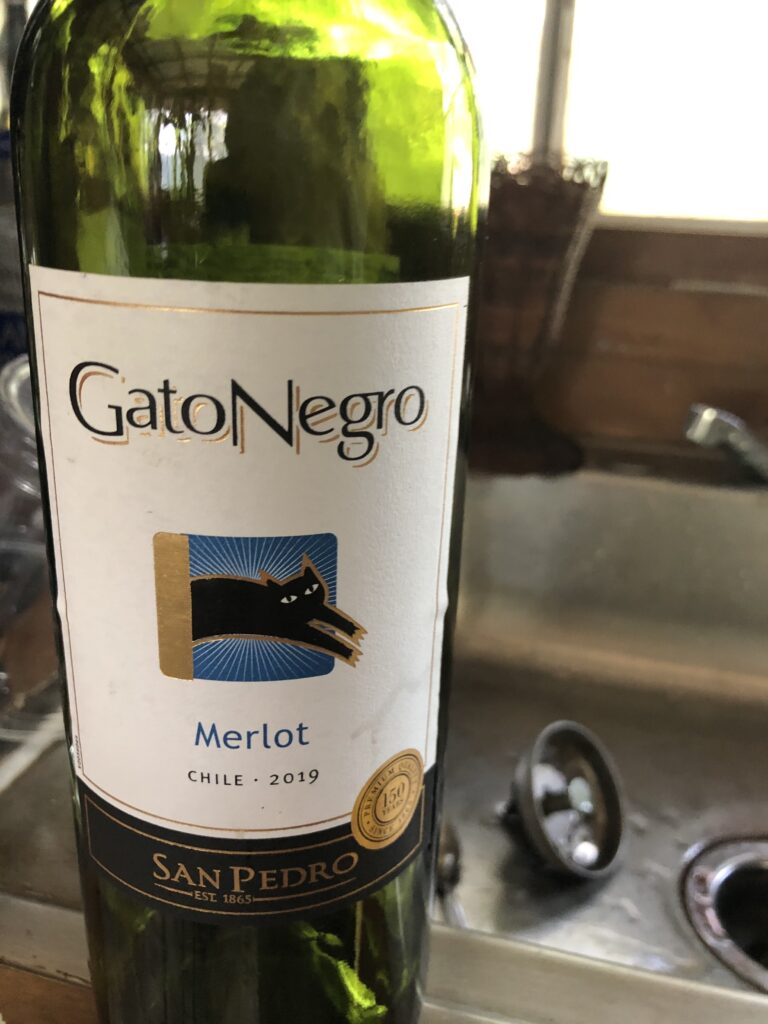
The best wine we’ve had was a bottle I shared with Canadian friend Heidi Tusek at our favorite Spanish tapas restaurant in the city, La Malagueña. A mix of Tempranillo (my favorite grape) garnacha, mazuelo, and graciano, it was from the Muga Winery in Rioja Spain, which lists its facilities as two centuries old! (https://www.bodegasmuga.com/en/) It was also the most expensive bottle we have purchased since we’ve been in Panama, but it was at a restaurant, so that’s not totally unexpected.
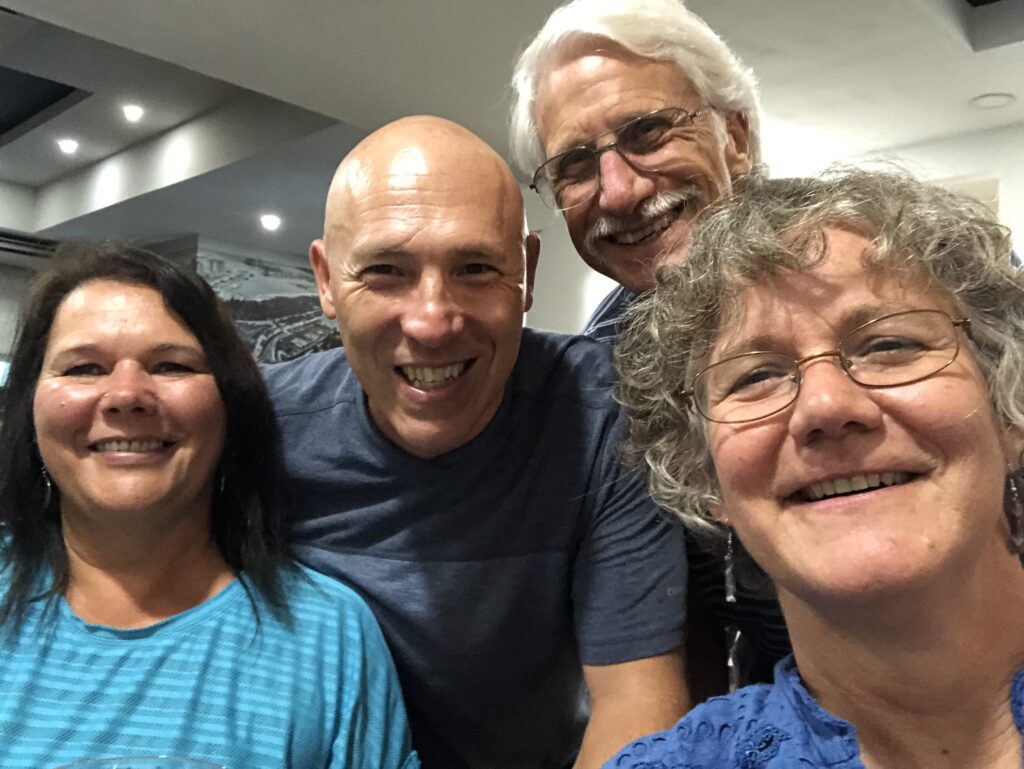
Our least favorite bottle—one we couldn’t finish or cook with—was our own fault. Chandon is a big sponsor of Formula One, our favorite auto racing series, and you can often see a race’s top-three finishers spraying this very brand on each other on the podium. The Panama City grocery store had a wide selection, and we hummed and hawed about which kind to get, finally settling on the Demi-Sec. Usually we don’t like sweet wines like that, but we’d had one from New Mexico’s fabulous Gruet Winery (https://gruetwinery.com/) a few years ago and enjoyed it. Lesson learned: What’s good from one winery may or may not be good from another.
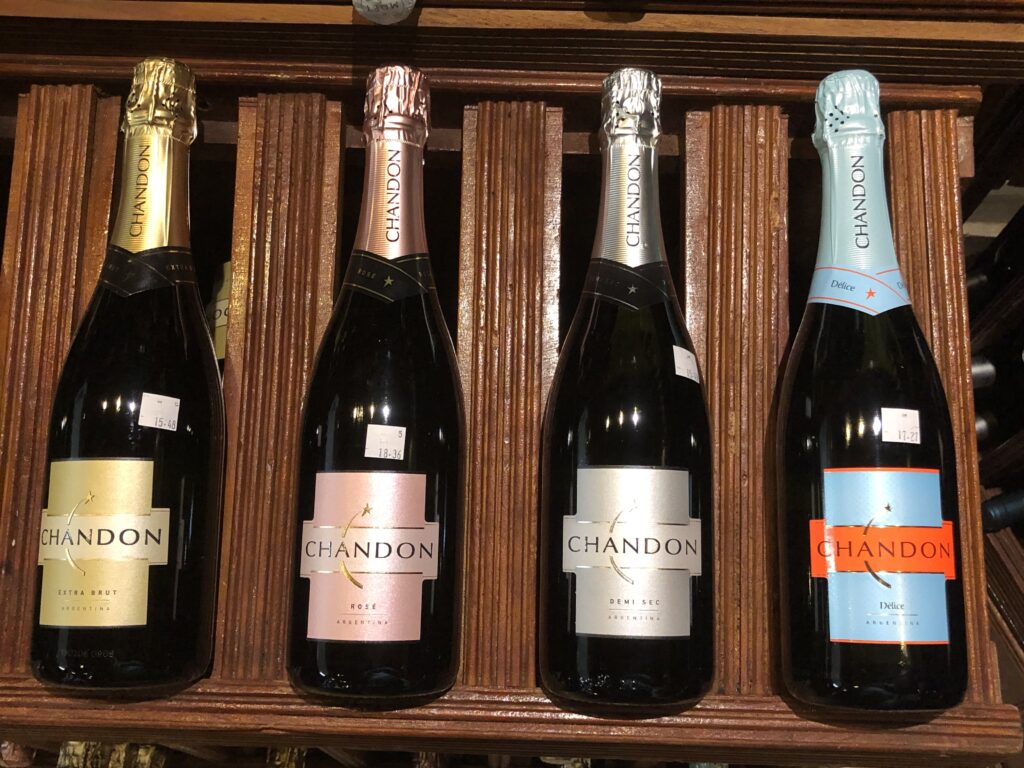
Heidi also turned me on to a wine app called Vivino, available in the App Store. I haven’t gotten very far into it, but it lets you rate wines you’ve tried, read reviews from other app users, and learn how much wines should cost, among other features. I’m still busy trying to figure out the two birding apps that Miguel, our hiking guide on New Year’s Day, got me started on (http://heathers6wadventures.com/its-all-about-the-birds/), but I’ll let you know how things progress!
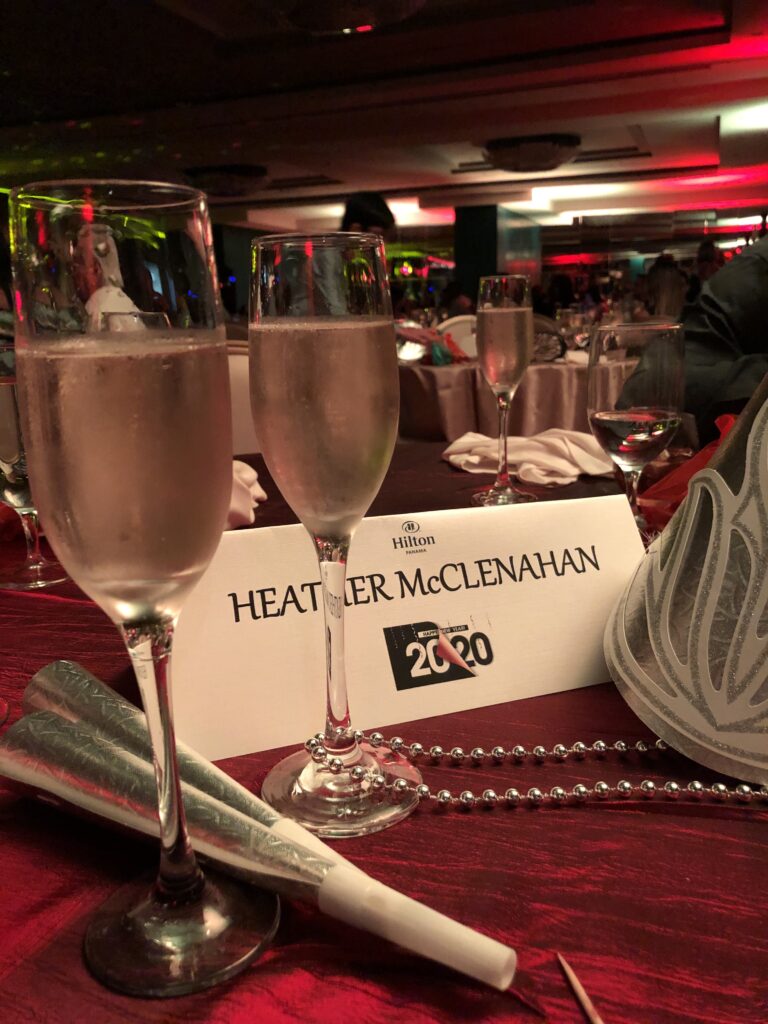
For now, though, it’s time to get off the computer, go find more pretty birds, and then sit down after a good hike with a good glass of inexpensive wine.
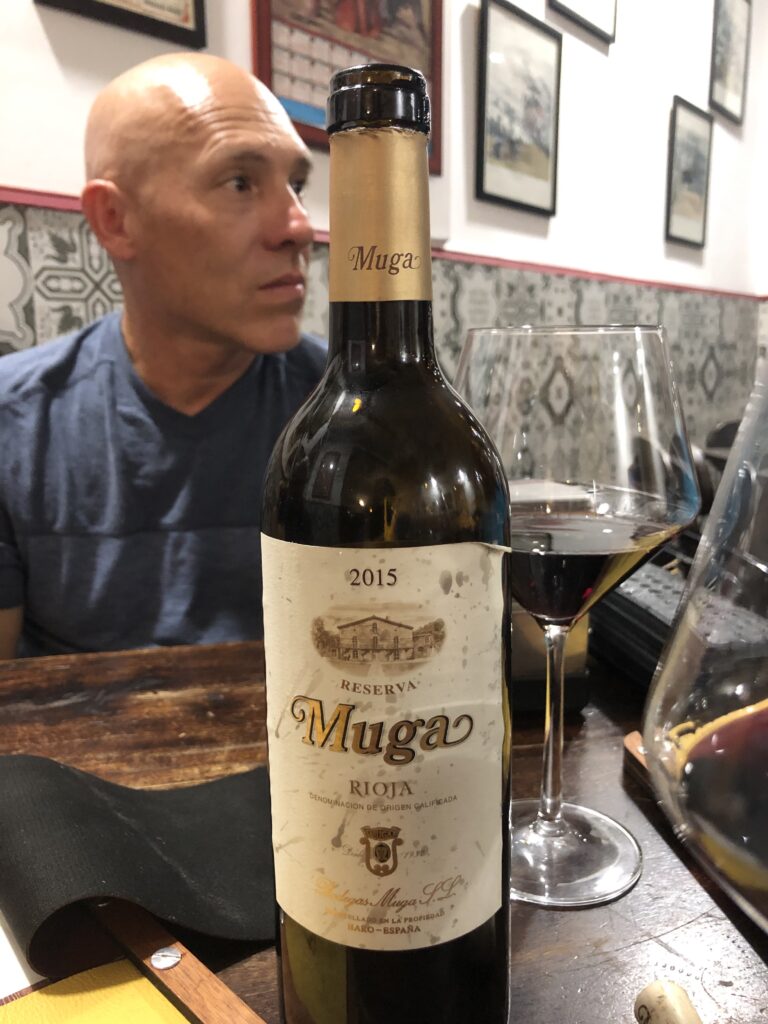
Very interesting!